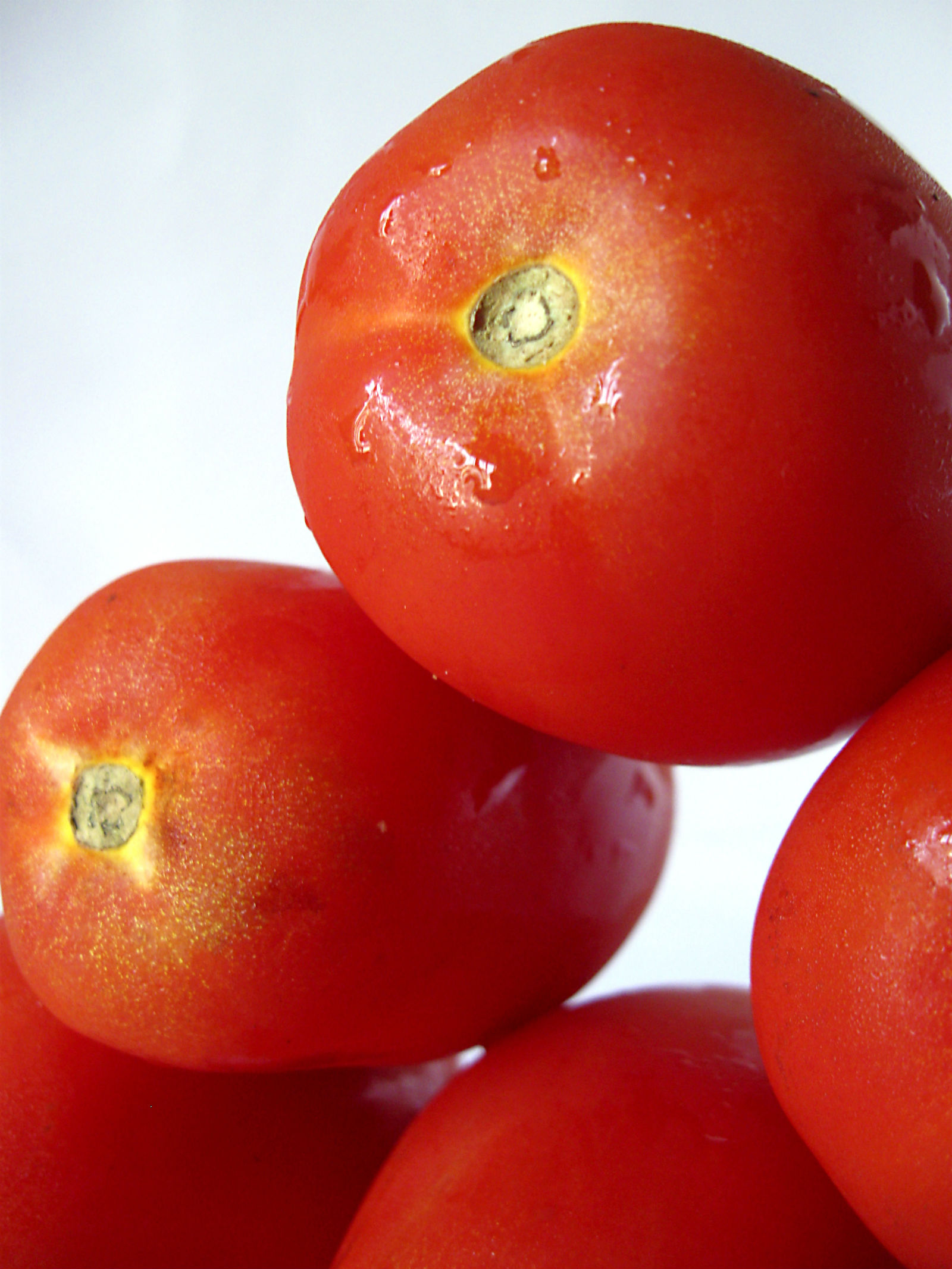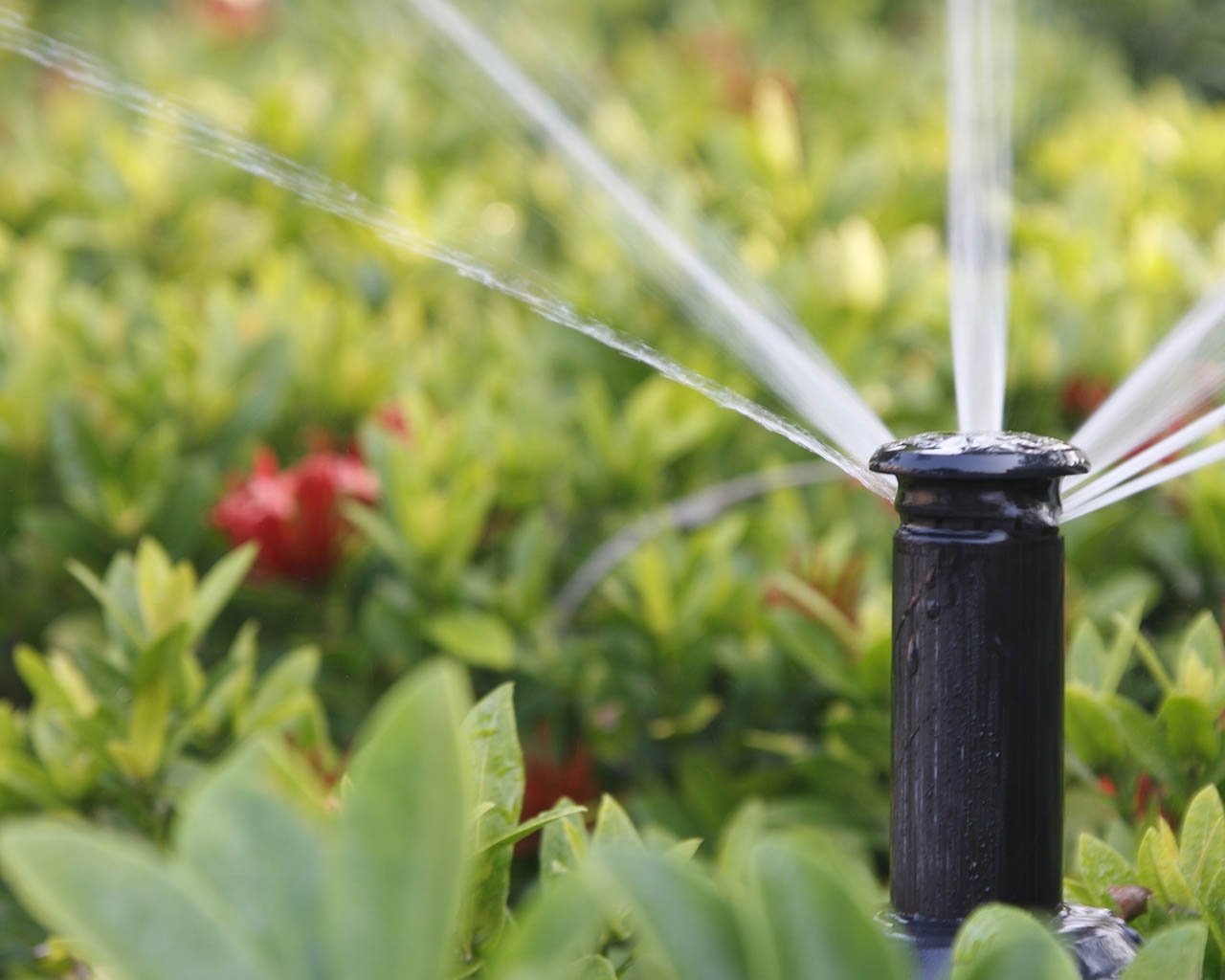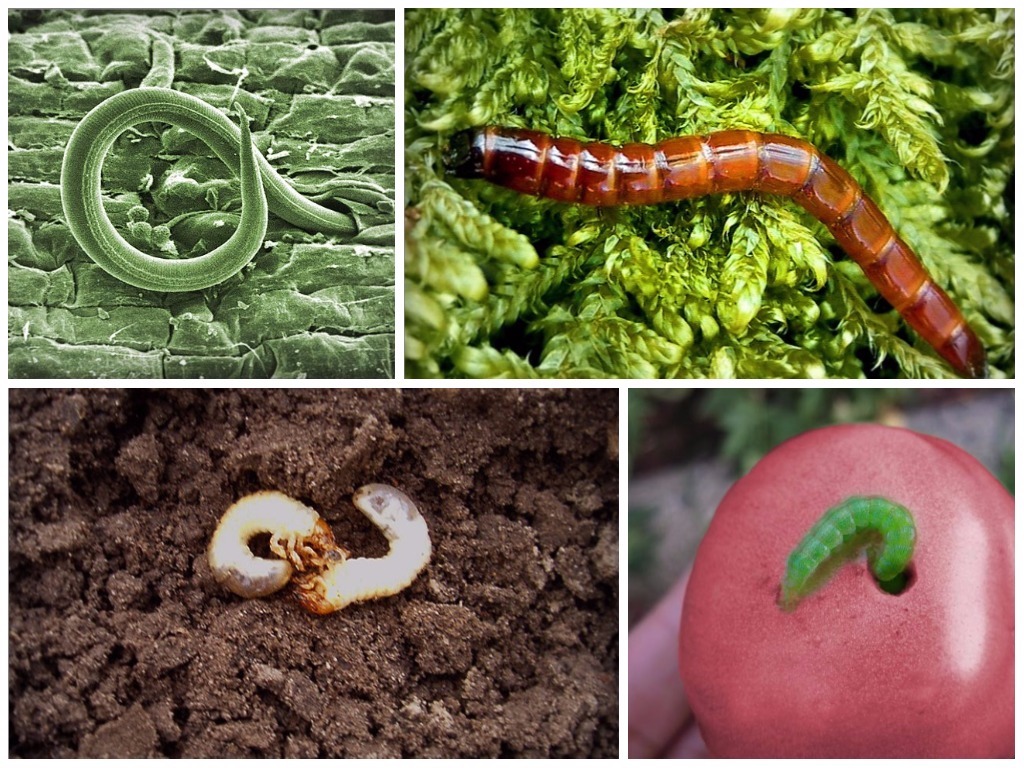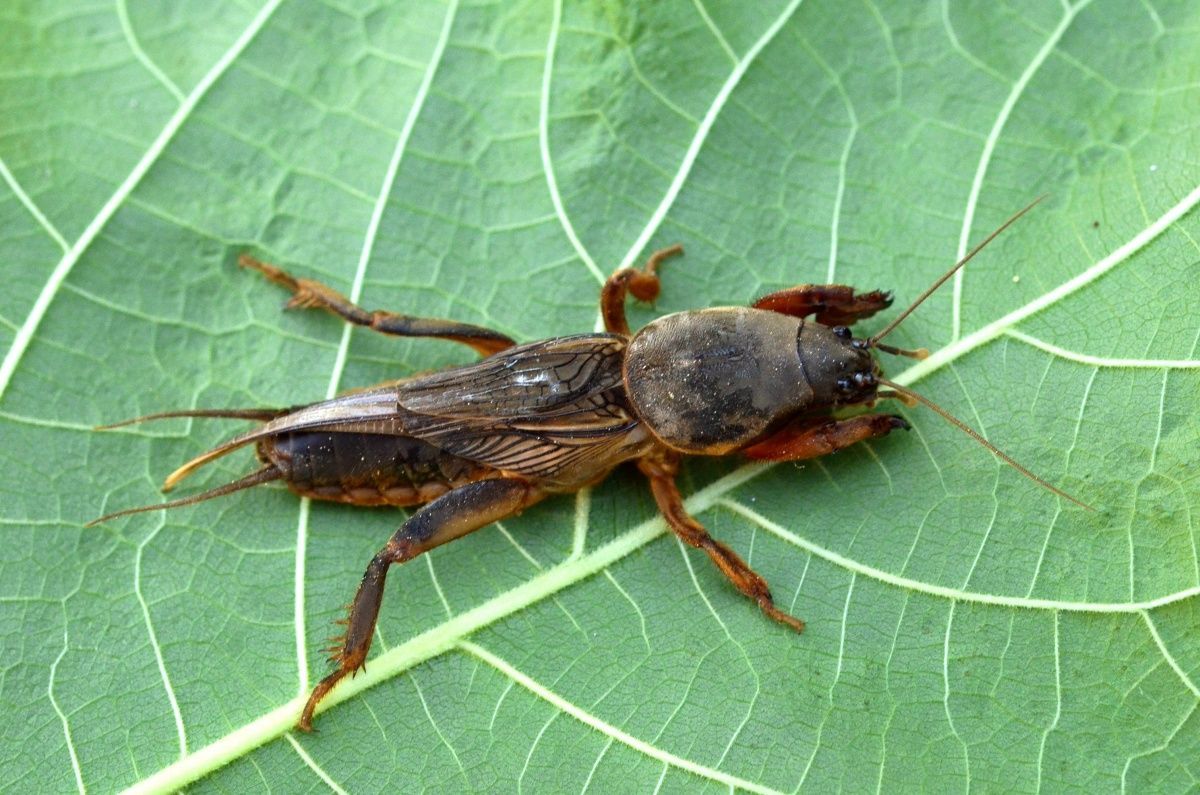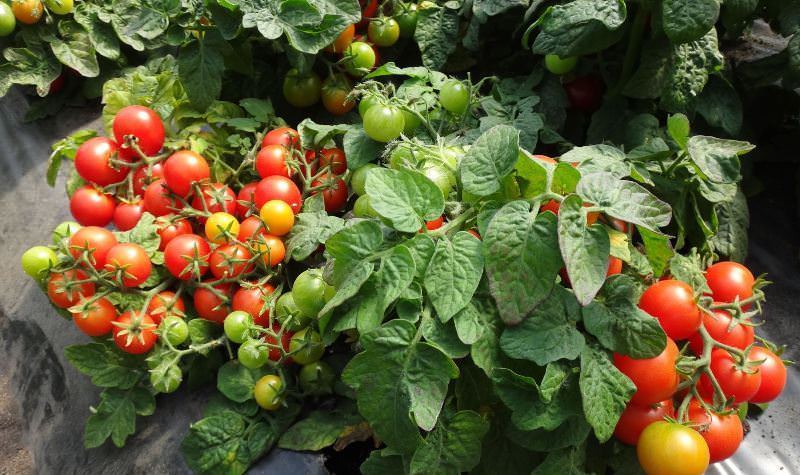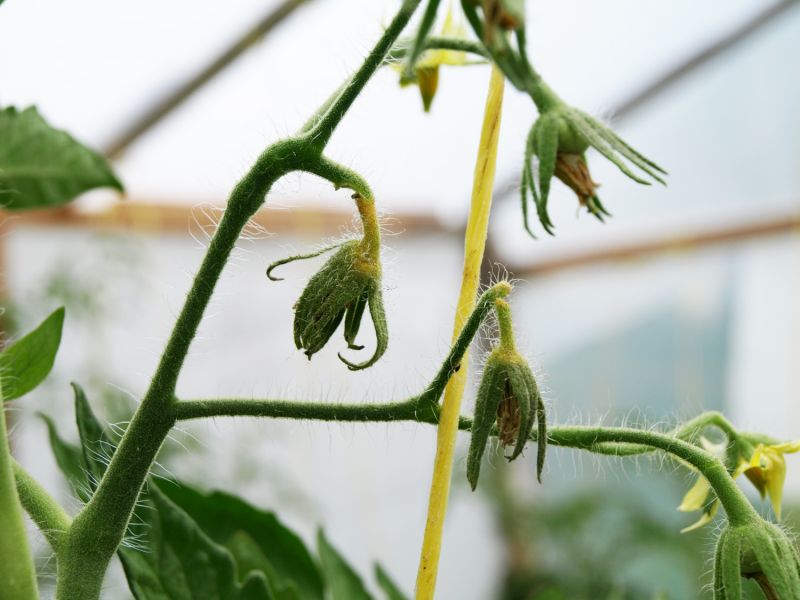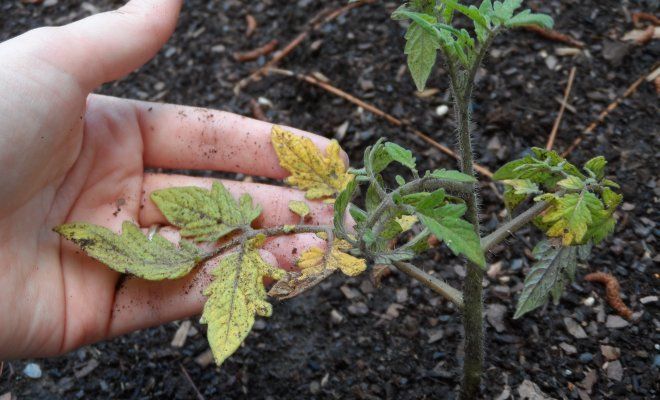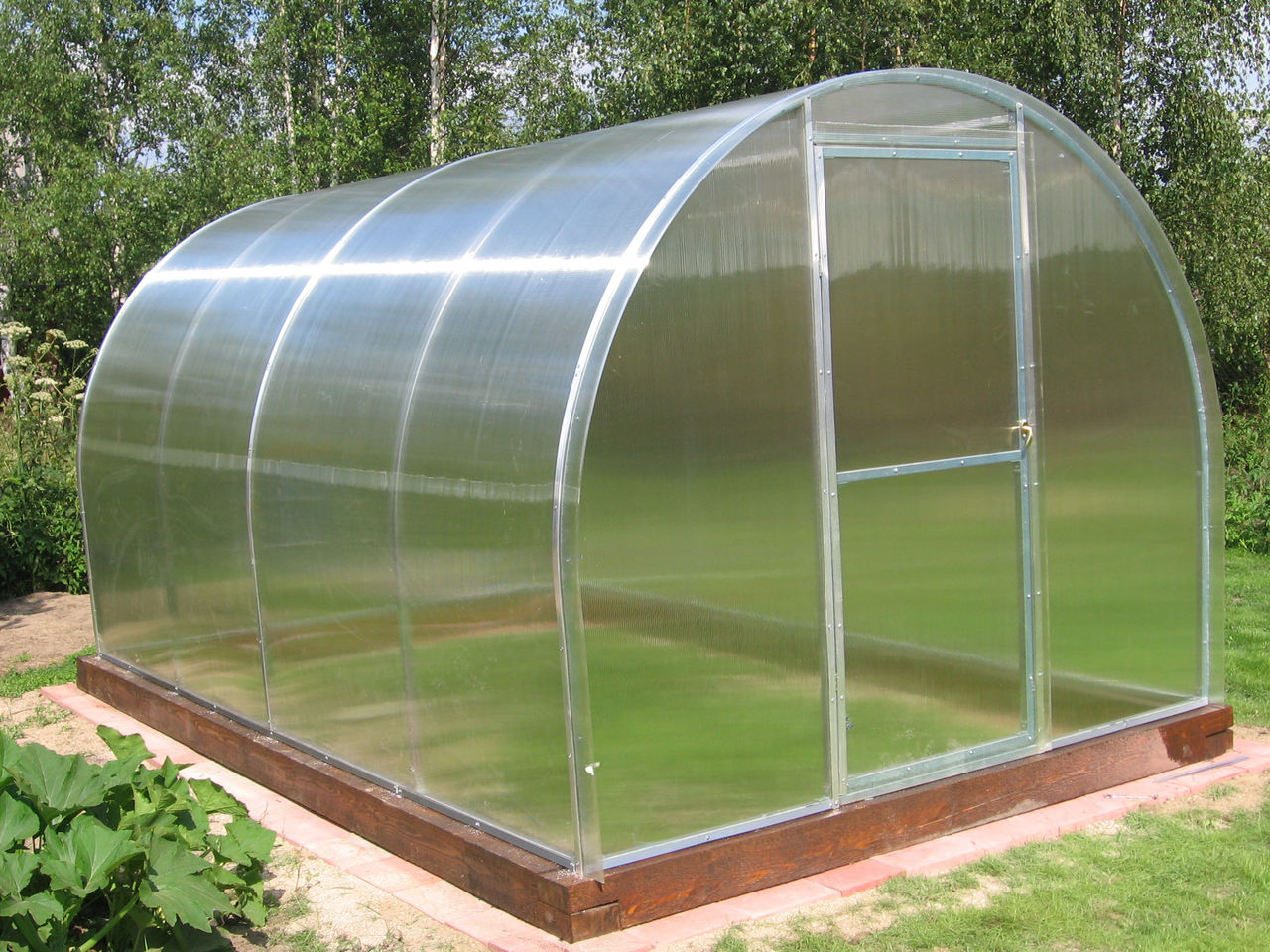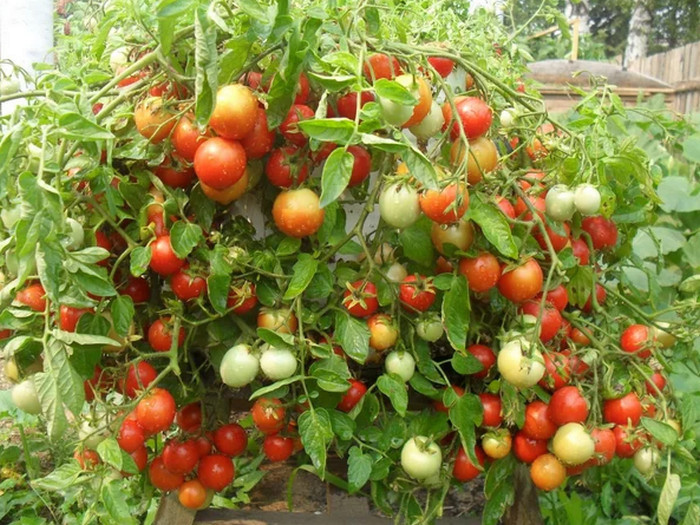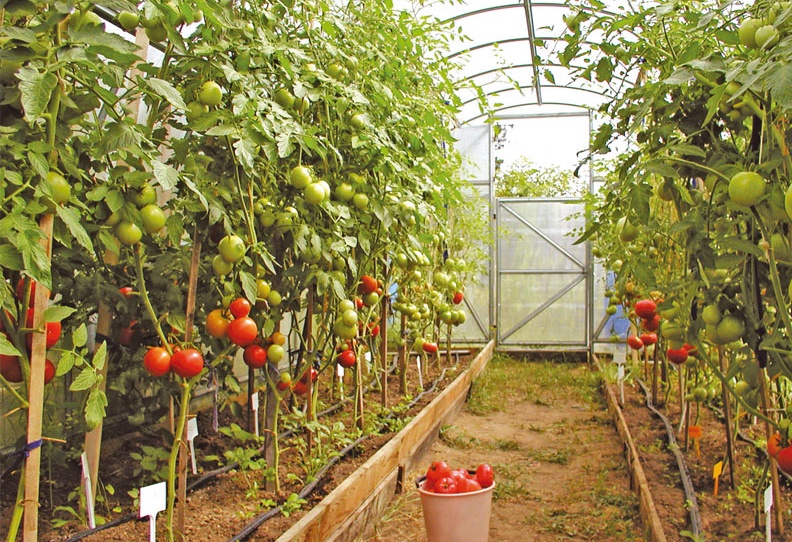Content:
Tomatoes are a heat-loving culture, therefore, gardeners often have to deal with low germination, the appearance of yellowness on the leaves and damage by harmful insects. It is worth asking the question why tomatoes turn yellow in a greenhouse as early as possible, inaction can lead to a decrease in yield up to the death of tomato bushes as a whole.
Tomatoes: what kind of culture?
The homeland of tomatoes is South America. It is an annual thermophilic plant of the Solanaceae family. Specifications:
- stem - erect, slightly pubescent;
- flowers are yellow;
- ovaries - elongated, spherical;
- fruits are round, juicy.
Tomatoes are whimsical plants. They need plenty of warmth and light. The optimum temperature for seed germination is + 25-27 degrees, therefore, in Russian conditions, it is better to plant it by seedlings in greenhouses in early spring, because the growing season and development is quite long.
It is equally important to provide greenhouse tomato seedlings with sufficient lighting. But the plants are undemanding to humidity, however, you need to water in moderation, otherwise the fruits will dry and crack, the ovaries will fall off. Saplings will become frail, weak, unstable to fungal diseases.
Why do tomatoes turn yellow in a greenhouse?
There can be many reasons for the yellowness of tomato leaves:
- Damage, improper functioning of the root system when planting seedlings in small containers, when the roots begin to intertwine with each other (forming a dense ball) and stop developing.
- Lack of moisture, causing yellowing, leaf fall. For tomatoes, abundant but rare root watering is preferable.
- Lack of nitrogen, when leaves turn yellow, turn whitish. This negatively affects the vegetative mass of the seedlings, leads to a slowdown in the growth of green mass, pallor of the foliage.
- Failure to comply with the light regime, which happens with densely planted seedlings, and grown plants in pots become cramped and dark.
- Hypothermia, when an unexpected cold snap can lead to freezing of the bushes, the appearance of yellowness on the leaves.
- Fungus damage. Leaves wither with fusarium or arthnactose, the reason for which is untimely seed treatment before planting in a greenhouse, contaminated soil, penetration of fungus into the tissues of the bush during the growth period.
One of the reasons why the leaves of tomatoes in a greenhouse turn yellow is non-compliance with the timing of transplanting seedlings. Also, old leaves begin to brighten, because the required amount of nutrients no longer reaches them. The root system dies off, gathers in a lump due to lack of space in the containers.
Causes of yellowing of leaves when transplanted into a greenhouse
It happens that the leaves (upper, lower) begin to turn yellow, wither after transplanting seedlings into a greenhouse. It is important to identify the reasons why tomatoes begin to turn yellow immediately after transplanting them into the greenhouse and to help troubleshoot problems early. Strongly weakened tomatoes will hurt for a long time, take root. The fruiting period can be pretty long.
If tomato seedlings turn yellow at the level of the lower leaves after planting in the greenhouse, then the probable reasons are as follows:
- Soil acidification, when the absorption process is disrupted and plants begin to receive less minerals. For example, a lack of nitrogen in the soil leads to yellowness, brittleness, thinning of leaf plates (stems), a deficiency of potassium (molybdenum, magnesium, steel) - to drying out of the edges of the leaves, leaving a green vein in the center, covering the leaf plates with mosaic spots in places where yellowness appears ...
- Lack of watering. The foliage begins to turn yellow due to the lack of functioning of the root system, the movement of phosphorus and nitrogen from the leaves to the stem.
- Lack of trace elements, which causes yellowness of the leaves of the lower tiers in tomatoes, since the upper young leaves begin to absorb most of the nutrients.
The upper leaves of tomatoes begin to turn yellow with a lack of beneficial trace elements in the soil. Deficiency:
- boron leads to yellowing of the apical leaves, the dying off of points in the bushes, a decrease in growth, pollination and fertilization;
- calcium causes apical rot, damage to the upper flowers, yellowing of young leaves with the appearance of characteristic opaline;
- sulfur brightens the upper leaves, causes the appearance of reddish veins, thinness and fragility of the stems;
- gland leads to yellowness of young leaves and plates in the center, leaving a green border along the edges;
- manganese, when there is an uneven color at the veins, yellow foliage on the crown of plants, gradual drying and complete damage to the leaves of the lower row.
How to treat seedlings
If urgent adequate measures are not taken to correct the current situation, tomatoes may die. First of all, it is worth trying to adapt sluggish yellowed seedlings, for which:
- spray with phosphate fertilizer (dilute solution);
- carry out feeding constantly until new leaves grow, and the plant completely recovers, saturated with nutrients (nitrate, chloride, phosphate);
- process the root system with a store stimulant for the formation of new roots.
The main methods for eliminating errors if the tomatoes turn yellow after planting in the greenhouse:
- If the lower leaves of the row and the stem of the seedlings turn yellow when the root system is damaged or the soil is carelessly loosened, then use Kornevin for watering. To reanimate the roots, you can spray tomato bushes with complex feeding.
- Drying and yellowing of leaves due to overheating of seedlings or sudden temperature changes (which often happens during the day, at night in greenhouses, when the leaves begin to turn yellow and dry, lose elasticity, and the root system weaken) - it is necessary to stabilize the temperature in the greenhouse, place a barrel next to the seedlings with water. So the water will heat up in the daytime and absorb heat, at night - give it back.
- High acidity and heavy soil damage the seedlings. When yellowness appears, attention should be paid to the soil. Before planting tomatoes in the greenhouse, prepare a mixture of peat, garden soil, sifted river sand and ash. Till the soil, dig it up.If it is noticed that the ground begins to acidify, and the water stagnates, then the situation can be prevented if, after each watering, the soil is loosened, thus normalizing the acidity level.
- If the leaves turn yellow due to a lack of nitrogen, it is worth spicing up the soil with a fermented mullein. Prepare a solution: water (20 l.), Mullein (1 l.) Or spray the bushes with a solution of potassium permanganate in a composition of warm water (10 l.), Manganese (1 tbsp.).
Tomato leaves acquire a marbled color with a lack of iron in the soil. The deficit can be replenished by adding manure and ash (1 * 10). Also, experts recommend taking forest land, for example, collecting near a maple tree, for planting tomatoes in polycarbonate greenhouses. It is such land that will become balanced and nutritious for tomatoes.
Diseases and pests
Often tender, juicy tomato roots are attacked by harmful insects:
- a bear who prefers to eat organic matter and build nests, causing the leaves to turn yellow;
- the wireworm begins to lay the larvae on the roots of tomatoes or nearby, eat juicy roots, making their way to the stems, from which the leaves begin to brighten, and the bushes may eventually die completely.
In the fight against the bear, special preparations are used (Thunder, Medvedka), having prepared a solution and pouring directly into the holes made. Can be used:
- infusion of hot pepper (150 g per 10 liters of water);
- vinegar solution (2 cups of regular vinegar in 1 bucket of water);
- pink solution of potassium permanganate for soil disinfection.
In the fight against wireworm, a composition of sand, sawdust, and a purchased drug Bazudin is used: mix the ingredients, sprinkle around the plantings.
If the beetle has already been seen at the summer cottage earlier, then before planting the tomatoes in the greenhouse, the soil should be processed in advance. Why bury small pieces of vegetables, strung on steel or sticks, up to 2-7 cm long 3-4 days before transplanting seedlings. Dig into the ground so that the tips peep out. Beetles will start climbing over them. After 2-3 days, it will be easy to pick up insect clusters with your hands and burn them.
A particular danger to the root system of tomatoes is a pathogenic fungus that causes late blight, fusarium and yellowing of leaves.
Methods of dealing with fungal diseases in tomatoes:
- Medvedka and wireworm, feeding on the root system. The drugs will help to eliminate: Bazudin, Medvetoks. If nematodes appear in the greenhouse, then it is recommended to replace the entire soil completely.
- Brown spots on leaves and fruits are the result of frequent watering. To remedy the situation, you need to start watering the tomatoes moderately and at the root so that water droplets do not fall on the leaves.
- The yellowing of bushes and leaves from late blight is treated with a Bordeaux mixture. To prepare the solution: vitriol (100 g), slaked lime (150 g), pour water (10 l.). Spray, pouring out 2 liters. solution for 1m2 plot.
- From Fusarium, which affects seedlings and adult plants, it is necessary to spray with drugs: Trichodermin, Previkur, Energy.
The reasons are different if the leaves of tomato seedlings turn yellow, but what to do in the greenhouse? It often happens that it is enough to take a closer look, find out the problem quickly and take corrective measures. The main thing is not to ignore yellowness and wilting. Otherwise, you can receive less crops or plants against the background of soil contamination, non-compliance with agrotechnical requirements may soon wither away and die completely.
It is important to ensure regular watering and loosening of the soil when caring for seedlings.Tomatoes are a capricious culture, but if you create normal greenhouse conditions for growth and vegetation, and further in the open field, then after survival it will begin to grow stocky and strong, will not stretch out much, and will be able to fight insect pests and fungal diseases on its own.
